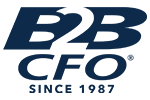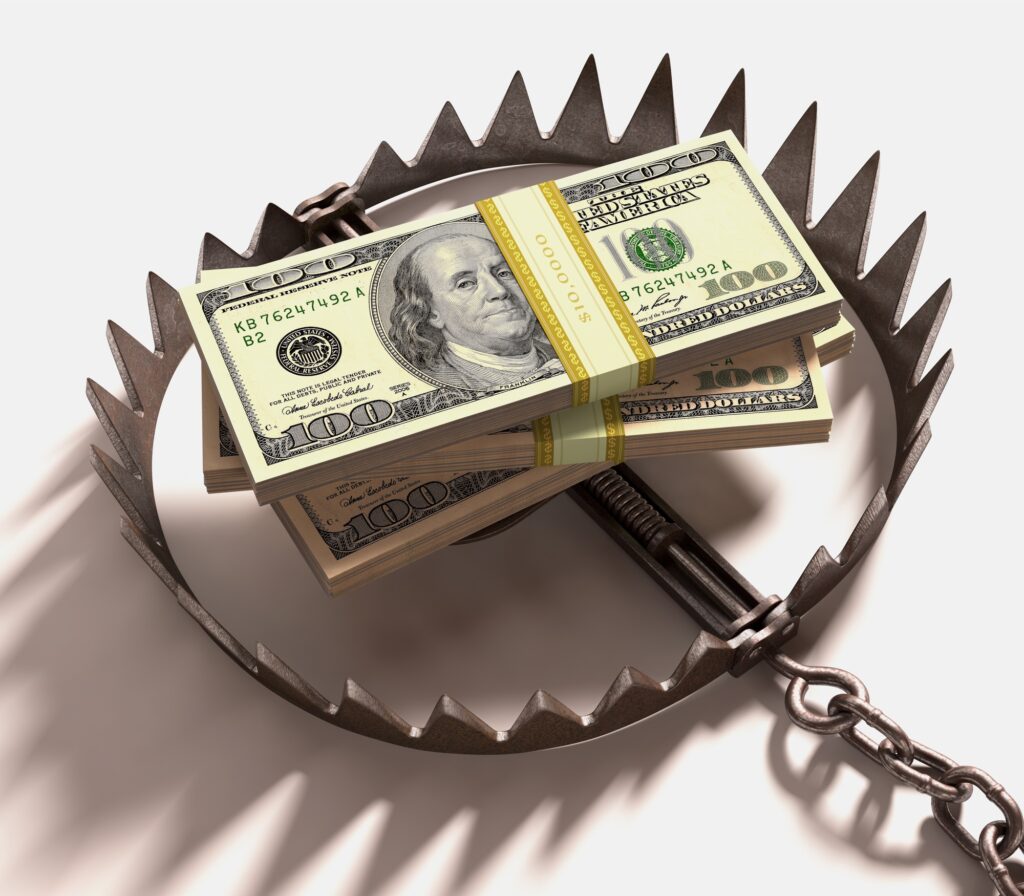
Common Mistakes that Hurt Profits
Posted on September 10, 2020 by B2B CFO
In order to stay competitive and profitable, companies must continuously ensure their pricing structure communicates their value proposition. Chances are, most of your customers aren’t price-sensitive as much as they are value-conscious. With the right pricing strategy, you can impact the company’s bottom line and its ability to serve your customers and employees well.
In a recent survey conducted by Bain and Company, reveals that most CEOs and Owners do not have a formal methodology when it comes to pricing their products and services. Nor do they have a streamlined process for communicating a price increase to existing customers.
• Most companies call pricing a high priority, but 85% say they have significant room for improvement in pricing.
• Most admit pricing products is dictated mostly by cost to produce.
• Top-performing companies behave differently. They tailor pricing at the transaction level, align sales incentives with pricing strategy, and invest more heavily in ongoing training and tools.
With significant margin upside at stake, companies cannot afford to continue pricing by guesswork or playing follow the leader. This graphic illustrates the methodology and gains from a formulated pricing strategy:

Before raising your prices or establishing a pricing model for new services, make sure you’ve considered not only your current costs but also any cost increases that are likely to happen in the next year or two. In doing so, avoid these common mistakes B2B CFO® sees in a typical pricing structure:
Mistake #1: Setting price based on costs of goods, not value. Prices based on costs invariably lead to one of the following two scenarios: (1) if the price is higher than the customers’ perceived value the cost of sales goes up, discounting increases, sales cycles are prolonged and profits suffer; (2) if the price is lower than the customers’ perceived value, sales are brisk, but companies are leaving money on the table, and therefore are not maximizing their profit.
Costs are only relevant in the pricing process because they establish a lower boundary for the price. When a price is set according to the perceived value of the product or service, sales are brisk, and profits are maximized. Most of us have no idea how much it costs a car company to manufacture our vehicles.
The price of these items is tied to the value they represent to you, not their internal cost. For SaaS in particular, the unit cost of delivering one account can be very low. It is the value that your customers will get out of using your product that really matters to them, not how much you paid your developers.
Mistake #2: Failing to segment your customers. Customer segments are differentiated by the customers’ different requirements for your product. The value proposition for any product or service varies in different market segments, and price strategy must reflect that difference. Your price strategy should include options that tailor your product, packaging, delivery options, marketing message and your pricing structure to particular customer segments in order to capture the additional value created for these segments. It takes research and diligence to clearly define, communicate, and price multiple offerings instead of adopting a single-price model. There are many benefits to extending price differentials to particular consumers. Depending on the product or service you offer, you can be strategic with how you apply customization based on different dimensions.
Mistake #3: Pricing based on the competition. When you compete on price, it’s extremely difficult to provide exceptional customer service and a quality product – in turn damaging the perception of your products or services in the eyes of consumers. Competitive pricing basically means setting your prices at the same (equivalent / parity pricing), slightly higher or slightly lower than your competitors. Your pricing team will set an initial item price by examining a competitor’s or group of competitors’ prices – this process is known as competition based pricing. Competing on price alone is a will not sustain profitability for the long-term. Instead, focus on providing consistent value, and you will be able to increase your prices even while increasing demand.
Mistake #4: Lacking the understanding of true costs. One of the ways to set the price for your products or services is to use a simple formula, i.e. cost of the product plus profit margin equals the price. However, even if you get the cost calculation correct and you build in a healthy profit margin, you might still get the pricing wrong. Even though there are other considerations it is still important you understand the cost side of the equation. Make sure you include all costs- fixed and variable, that include, the costs directly tied to the product (materials, time, manufacturing cost, etc.), marketing costs, and the costs of running your business.
Mistake #5: Avoiding a price increase based on fear. Frequent price changes are part of running businesses since the cost to manufacture and deliver materials increases each year. However, staying at the same price level to avoid customer reaction could hurt your bottom line. Increasing prices involves some risk, but if you handle things carefully you can avoid upsetting customers, while improving your margins.
Make sure you’re clear about why you are raising prices. Is it simply to make more money or is it because your costs have increased? Often, increasing the price point establishes you as the quality leader in your industry. The right kind of customers — those who can and will afford your product or service — will buy from you.
These mistakes may not be new to you, but it’s a great reminder to constantly focus on providing value to your customers. Continuously monitor your prices and your underlying profitability on a monthly basis. Focus on the profitability (or lack of profitability) of every product you sell.
If you’re looking for ways to improve profitability and efficiency, a strategic approach to your pricing model is a perfect starting point.
For an objective view of your product pricing strategy, and to see if there is room to improve, contact B2B CFO®. ArtBottoms@B2BCFO.com
Source: 1. Bain and Company https://www.bain.com/insights/is-pricing-killing-yourprofits

